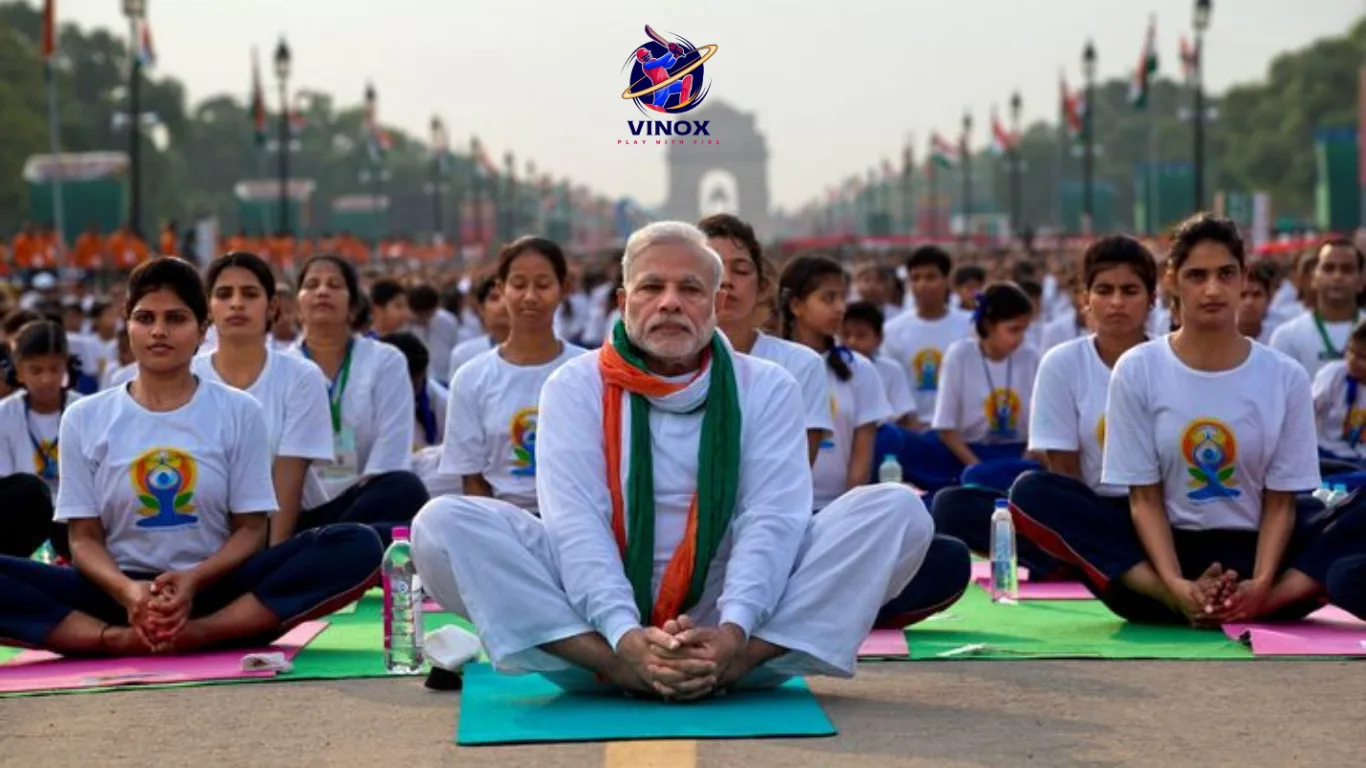International Yoga Day 2025: Why 21st June is Celebrated as Yoga Day?
Yoga Day 21 June: Celebrating Every year on 21st June, people across the world come together to celebrate International Yoga Day. This special day encourages us to include yoga in our lives for better health and well-being. More importantly, it reminds us that yoga isn’t just physical exercise—it nurtures our minds and souls as well.
Let’s explore why 21st June was chosen, when India began celebrating this day, who introduced it, and what the 2025 Yoga Day theme means for all of us.
Why is 21st June Celebrated as Yoga Day?
The date 21st June marks the summer solstice, which is the longest day of the year in the Northern Hemisphere. In yogic tradition, this day carries deep spiritual meaning. Ancient texts mention that on this day, Lord Shiva, known as the first yogi or Adiyogi, began sharing his knowledge of yoga with his disciples.
Due to this powerful symbolism, 21st June became the ideal day to celebrate yoga. It connects nature, energy, and transformation—a core part of yogic philosophy.Yoga Day 21 June: Celebrating
When Did India Start Celebrating Yoga Day?
India started celebrating International Yoga Day in 2015. On that day, a grand event took place in New Delhi, where Prime Minister Narendra Modi and over 35,000 people performed yoga together. The event gained global attention, and since then, India has observed this day with enthusiasm every year.
Who Started Yoga Day in India?
Prime Minister Narendra Modi proposed the idea of Yoga Day during his speech at the United Nations General Assembly (UNGA) in September 2014. He emphasized that yoga is India’s gift to the world and helps build harmony between the body and mind.
His idea received widespread support. As a result, the UN passed a resolution, and 21st June officially became International Yoga Day.
What is the Theme of Yoga Day 2025?
The theme of International Yoga Day 2025 is:
Yoga for Self and Society”
This theme encourages people to practice yoga not only for personal growth but also for creating a more peaceful society. With rising stress and health issues, this message has become more relevant than ever.
Moreover, the 2025 theme highlights how yoga can serve as a bridge between inner balance and global unity.
What is Yog Sangam?
Yog Sangam refers to the union of various yoga traditions coming together for one purpose—wellness. In 2025, the Indian government will organize events featuring different yoga schools such as Ashtanga, Hatha, Vinyasa, and Bhakti Yoga.
By embracing Yog Sangam, people can experience different styles and understand yoga’s true diversity.
What Are the 4 Types of Yoga?
According to ancient Indian philosophy, yoga has four main paths:
-
Karma Yoga – Path of selfless action
-
Bhakti Yoga – Path of devotion and love
-
Gyan Yoga – Path of wisdom and knowledge
-
Raja Yoga – Path of meditation and self-discipline
Each path guides individuals in their spiritual and personal journeys, based on their nature and goals.
What is Khand Yoga?
In astrology, Khand Yoga describes a specific planetary combination that influences one’s behavior and life. Although it shares the word “yoga,” it differs entirely from the physical and spiritual yoga we usually practice.
Thus, Khand Yoga is not related to exercises like asanas or pranayama.
Benefits of Practicing Yoga
Yoga offers many physical and mental benefits, and science continues to support its effectiveness. Here are some of the top reasons why millions of people practice yoga daily:
-
Improves flexibility and balance
-
Boosts strength and stamina
-
Reduces stress and anxiety
-
Enhances focus and mental clarity
-
Supports heart and lung health
-
Helps with better sleep
-
Increases energy levels
-
Builds inner peace and self-awareness
Clearly, yoga benefits people of all age groups, from kids to seniors.
Who is the Father of Yoga?
The title “Father of Yoga” is often given to Maharishi Patanjali. He compiled the Yoga Sutras, a key text that outlines the philosophy and practice of yoga. His concept of Ashtanga Yoga (eight limbs of yoga) continues to influence yogic studies around the world.





 No products in the cart.
No products in the cart.